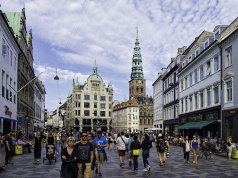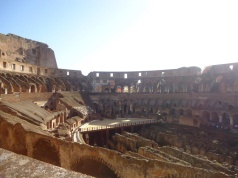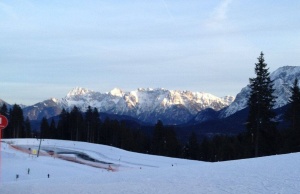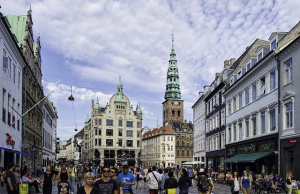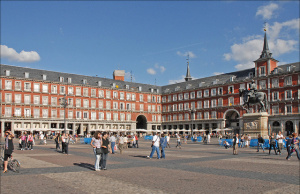Looking for somewhere alternative, a bit funky and definitely a lot of fun on your next visit to Rome? The neighborhood of Trastevere is your place!
How to Pronounce It Right
Conducting a bit of background research about this ancient Roman neighborhood, I noticed there’s a lot about how us English speakers don’t know how to pronounce it correctly (I know, shocking). So let’s start off learning how to say it right:
https://www.youtube.com/watch?v=dhhbGiTQAu0
How Did the Neighborhood Develop?
The literal meaning of the name “Trastevere” is “over/beyond the Tiber”, referring to the main river flowing through Rome, separating the neighborhood from the central sections.
During the Regal period of Rome (753-509 BC), the area belonged to the ancient civilization of the Etruscans. In an attempt to gain control and access of the river from both sides, the Roman’ conquered Trastevere, though they had no intention of building. Over time, sailors, fishermen and immigrants, especially Jewish and Syrian, began settling in the area.
When the Roman emperor Augustus (27 BC-14 AD) took on the task of separating Rome into 14 regions, he considered Trastevere as part of the city, naming it Trans Tiberim.
The neighborhood continued to grow, being the center of the Jewish Roman community until the end of the Middle Ages. During the time of the Imperial Age, many wealthy figures decided to build their homes in Trastevere as well as some important churches, most notably the Basilica di Santa Maria (formerly known as Titulus Callixti)
Over the next centuries, Trastevere continued to develop with an eclectic mix of socioeconomic, cultural, and national backgrounds with small, winding, uneven streets. Also, due to its location of relative isolation on the other side of the river, it managed to maintain its identity despite Rome being one of the most touristic places on earth.
Trastevere Today and Sites to See
Today, there continues to be a lot of foreign influence on the area, from the international universities situated there to the increasing number of tourists wanting to get a closer look at this eclectic and alternative section of town.
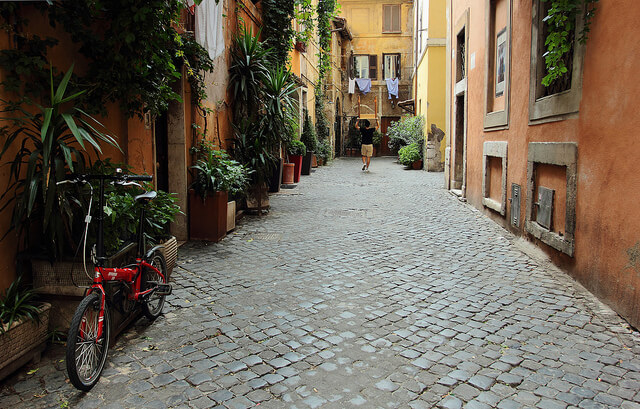
One of the most popular spots to visit, and a place I would recommend to start, is the Piazza di Santa Maria, the main plaza lined with sidewalk cafes and the perfect place to people watch!
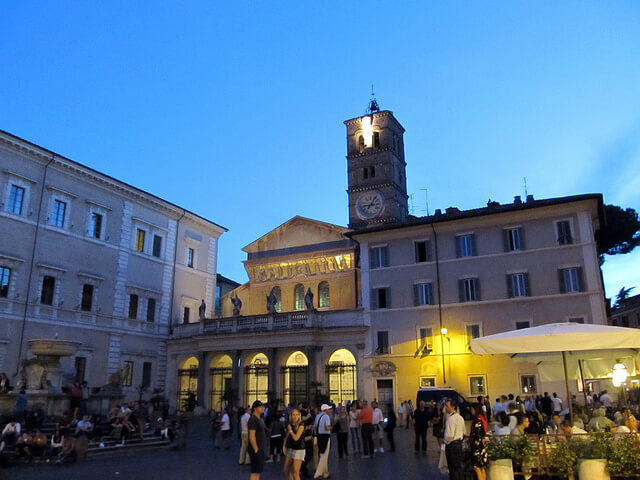
On the plaza is the Basilica di Santa Maria (Santa Maria Church), one of the oldest churches dedicated to the Virgin Mary in Rome. Also, the Basilica di Santa Cecilia (Santa Cecilia Church) is home to “The Last Judgment” a panting considered to be the masterpiece of artist Pietro Cavallini.
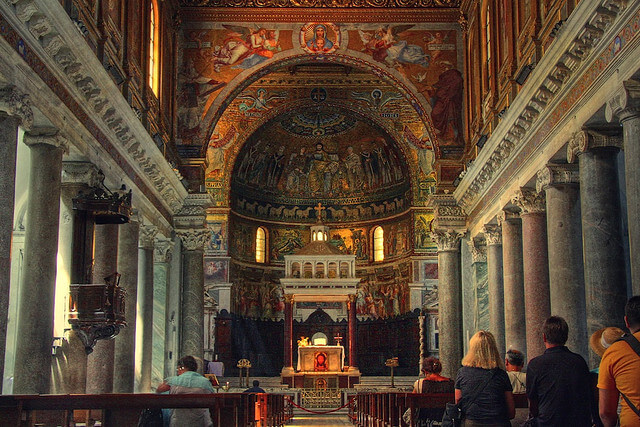
From there, just spend the rest of the day walking around the small streets, exploring the various boutiques and definitely finding a trattorie to enjoy some of the delicious cuisine Trastevere has to offer.
We went to Freni e Frizioni, a former mechanic shop, now has some of the best aperitivo in the area and is super popular with locals and visitors alike. It’s situated on the Via del Politeama 4-6, has a really cool, chill vibe, which spills out from the bar and into the plaza in front. Drinks were a little more expensive, but access to the buffet of food was definitely worth it!
For a more budget, friendly option I read that you can find some of the cheapest beer in Rome at Bar San Calisto, located on the Piazza di San Calisto, where Peronis start at 1.50 €.
[Wikipedia], [Lonely Planet], [10best]
Featured image from Michiel Jelijs via Flickr.


